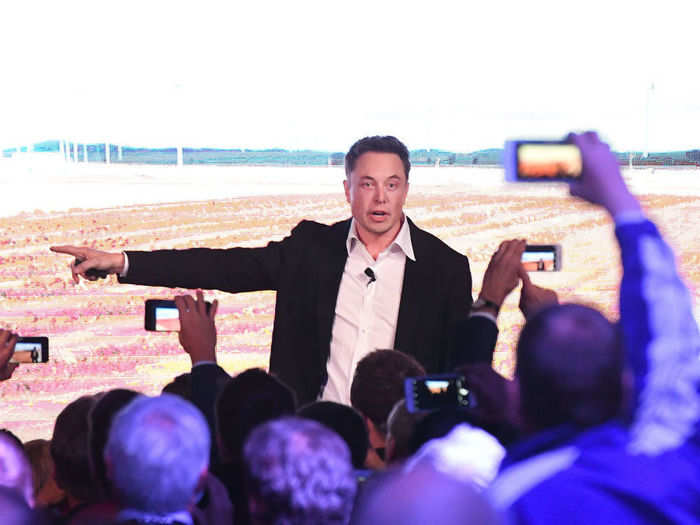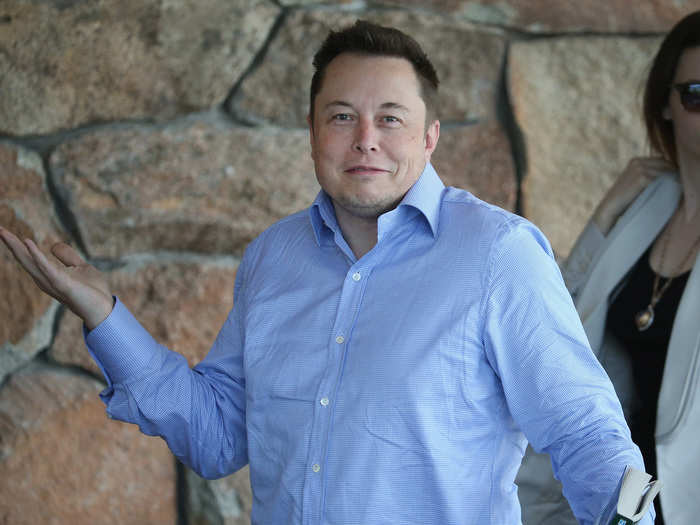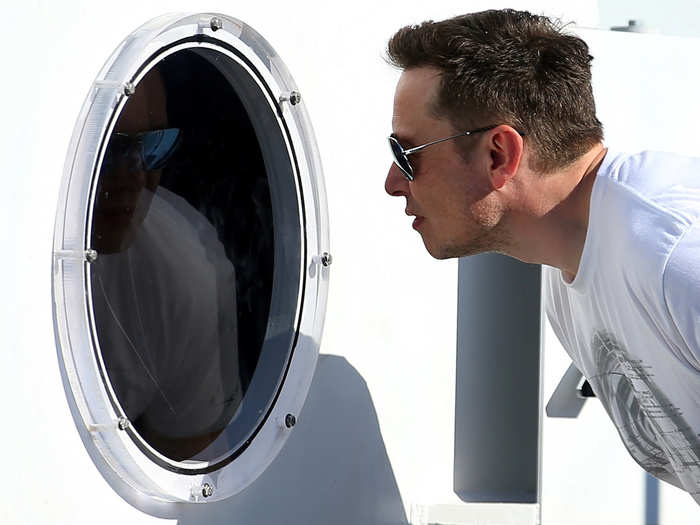- Home
- slideshows
- miscellaneous
- Tesla is burning through billions - and it's revealing an ugly reality about the company's financial situation
Tesla is burning through billions - and it's revealing an ugly reality about the company's financial situation
Customers bailing out on Model 3 deposits.

A capital raise that doesn't boost the stock price.

Tesla has said before that it wouldn't need to raise money — and the company has gone ahead a raised anyway.
Investors have typically welcomed the raises, sending the stock higher. When Tesla raised over a billion in equity 2017 and later offered almost $2 billion in junk-debt issue, the stock spent much of the year well above $300.
The markets have typically seen Tesla's capital appetites as a way to assess investors confidence. The usual drill is that the raise is announced, a level is set, and Tesla then exceeds expectations. Presto! Stock rallies.
Why would it be different this time? Because Musk said that Tesla would turn the money drain around by the middle of the year, get the Model 3 decisively back on track, and be able to ride out 2018 with the roughly $3.5 billion the company has in the bank, along with its credit lines. (And end up, in fact, with the $1 billion in cash that the automaker likes to maintain on the balance sheet.)
Reversing that would signal poor capital management and a cost structure imposed by sluggish Model 3 production that could be terminal. Coupled with what will likely be huge losses in the first and second quarters, that could cause investors to run for the exits.
Continued negative return on investment.

Tesla level of spending isn't unusual for a car company. What is unusual is Tesla's level of spending for a carmaker that only sold 100,000 vehicles in 2017 and only brought in about $3.3 billion revenue.
General Motors spent close to $8.5 billion 2017, but it converted that spending into roughly $150 billion in revenue and a profit of nearly $13 billion.
GM shares were handily surpassed by Tesla shares in 2017, as far as market performance goes, with Tesla's market cap at one point topping GM's. But GM also returned billions to investors via share buybacks and dividends.
Tesla can't continue to ask investors to stay the course if it can't figure out a way to turn billions in capital incineration into billions in profits. Markets are nervously eyeing the Model 3 in this context because even if Tesla can hit ambitious production targets — 5,000 per week by June — it's unclear whether the car will achieve an appealing profit margin.
Continued inefficiency with production.

Some Tesla watchers have been focused on how many workers Tesla now has. Bloomberg reports nearly 40,000. But what has gotten auto-industry experts' attention is how many employees Tesla has at its factory in Fremont, CA.
Automotive News noted that when Fremont was called NUMMI and was run as joint-venture between GM and Toyota, about 5,000 workers built 350,000 vehicles in 1997. Tesla, according to the publication, needed between 6,000 and 10,000 workers to make less than 100,000 vehicles in 2016.
To increase the Model 3's production ramp, Musk recently said that that the assembly line would run 24/7 and that the company would go on a hiring surge. So Tesla is losing money the old fashioned way, but getting far less value out of its workers than other automakers.
The debt, and the debt, and the debt.

Against $3.5 billion in cash, Tesla has over $9 billion in debt.
With the current cash burn and the lack of profits, that's not a sustainable situation. Tesla has gotten away with it because its soaring stock price and made raising money painless. The carmaker also issued high-yield debt for the first time last year.
Moody's downgraded Tesla's debt in March, making issuing new bonds a tricky proposition. Tesla could still issue debt that converts to equity, as it has done in the past, but to make that idea attractive to investors, Tesla would need to straighten out its production troubles, to avoid a share-price collapse in the future.
Tesla debt load has been a lurking problem since it merged with SolarCity in 2016 and took on that company's liabilities. Tesla hasn't yet paid a price for its vulnerable balance sheet, but it's worth remembering that debt kills car companies — and kills them fast. Just as General Motors and Chrysler, both of whom declared Chapter 11 in 2009 due to largely to how much they owed bondholders.
Debt exposes Tesla to interest-rate risk, a factor it doesn't have much control over. Since its IPO, Tesla has never had to contend with a rising-rate environment. But the Federal Reserve has been increasing rates, so Tesla's debt could become more difficult to service over time.
Popular Right Now
Popular Keywords
Advertisement